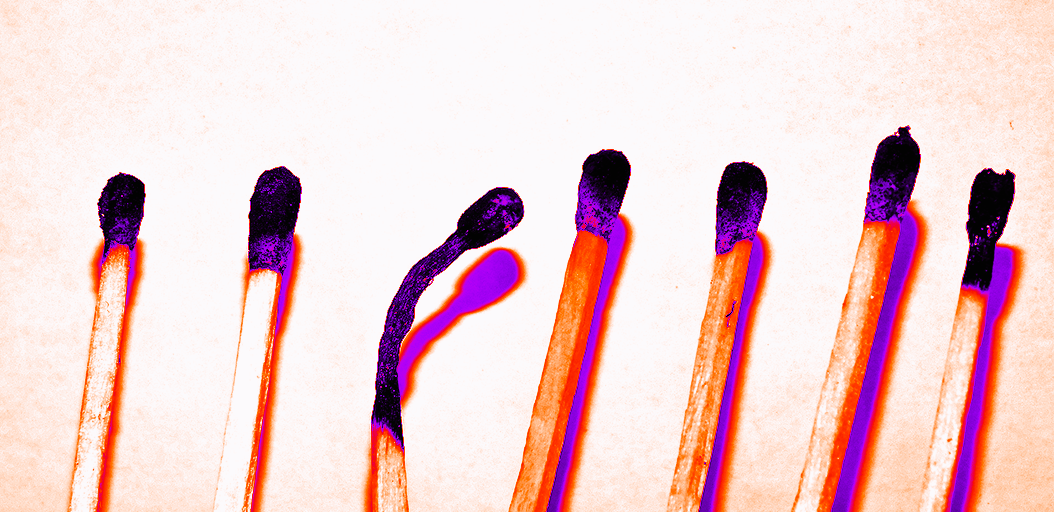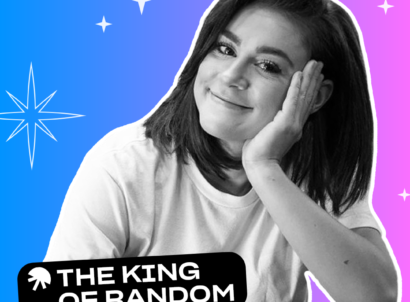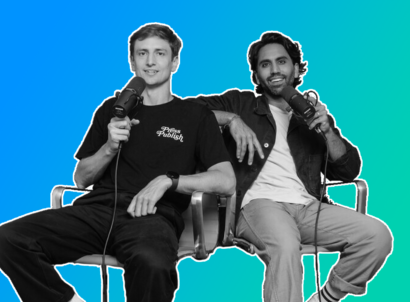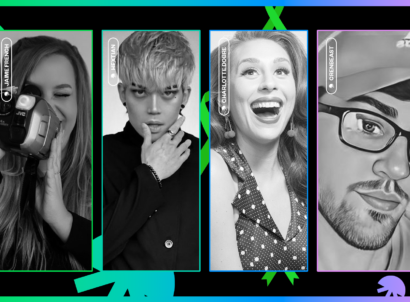Not all creator burnout is rooted in the same causes. But whatever the catalyst, the outcome tends to be the same: A loss of motivation coupled with feelings of anxiety and depression.
There are four primary causes for creator burnout. Some echo the underpinnings of the Great Resignation seen in other sectors of the workforce, others are industry specific. More often than not, a combination of these four factors wear creators down over time. In some cases, even popular, high-performing creators bow out of their projects for good.
Here are some culprits in the onset of creator burnout.
Trolls and Negative Engagement
They’re an inescapable part of life on the internet: Trolls.
Besides being a time suck, monitoring the discussion in the comments can be a mentally taxing for creators. After all, creators are putting themselves out there, and people on the internet feel invited to judge them—no holds barred.
People on the internet can be cruel, oftentimes, for no discernible reason. Perhaps they forget that they have agency over what they watch. Still, there are those that project their negativity onto the creators as though the content was forced upon them.
Even Superstar Charli D’Amelio Struggles with This Aspect of Creator Burnout
Last year, TikTok dancing phenomenon Charli D’Amelio addressed why she had taken a step back from uploading videos online.
“It used to be really fun for me,” D’Amelio explained in Charli and Dixie: 2 Chix, “…but it’s also hard when everyone’s ready to jump in and criticize.”
Unfortunately, the criticisms and negativity often get personal. “Everytime I speak, everyone’s telling me I have no personality, or I’m boring, or uninteresting, or I’m stupid. So it’s like, what do you want me to do…continue making content?” D’Amelio added.
With over 130 million followers, D’Amelio is TikTok’s reigning queen. That also makes her—and other content creators who rise to prominence on various platforms–a target for haters, copyright trolls and other forms of negative publicity.
Even creators with devoted and adoring followings can experience symptoms of anxiety and depression from a handful of vitriolic remarks. Studies have shown that our brains react stronger to negative stimuli, which in turn overshadow other forms of positive feedback.
For all the validation and joy that positive feedback and high engagement can bring, an absence of engagement from upload to upload can bring on lows of equal amplitude. Constant pressure to remain relevant and a persistent worry of falling out of fashion can be particularly acute for creators. The fundamental nature of the creator profession is that business is personal. In other words, one negative comment can override numerous positive ones.
Relentless Content Churn
There’s also the sustained pressure to constantly put out new content. Of all the causes for burnout, this aspect is perhaps the most pernicious and widespread.
For most creators, their foray into the creator economy initially starts as a fun passion project. But after a few years of endlessly posting, the creation of new content can turn into a chore, filled with as much dread and drudgery as other types of work.
It’s a relentless grind. Many social platforms reward frequent posting with more audience reach. Creators find themselves obligated to produce new content to satisfy the voracious appetite of the algorithms. Over time, motivation and inspiration wanes.
“I think the fun disappeared somewhere,” YouTube superstar PewDiePie said in a 2016 video upload entitled I QUIT (for now) [END]. “I just can’t keep going with it.”
After, PewDiePie took a week-long break, his first since launching his channel over six years earlier. In the years that followed, PewDiePie has had leave-of-absences from his channel to recharge, with January emerging as a month he goes offline.
PewDiePie is striving toward finding a sustainable work-life balance (we’re rooting for you, Felix). However, the relentless content churn has triggered many creators—even those with significant followings—to quit the business altogether.
Having to Be ‘On’ or Performative; Getting Pigeon-holed
Creator Joji Miller rose to YouTube stardom after his sketch comedy show, ‘Filthy Frank,’ caught traction. Though Joji’s YouTube channel has garnered nearly 8 million followers, Joji left YouTube and ‘Filthy Frank’ behind in late 2017.
A few months later, Joji tweeted a statement explaining his departure. “Unfortunately, I no longer enjoy producing that content,” the statement read. “This decision is final.”
Creator and musician Joji Miller
In an interview with Billboard in which Joji announced a pivot into the music business, Miller said that Filthy Frank was something he created in his high school years. After almost six years of performing, he had simply outgrown both the character and the humor.
Joji’s story is a textbook example of a specific facet of creator burnout. In his case, Joji was evolving as a creator, but felt reluctantly compelled to continue producing Filthy Frank content because that’s what was driving engagement. Over time, the disparity between the Filthy Frank character and Joji as a creator became too distant to reconcile.
In Joji’s case, the performative requirements of creating Filthy Frank content were exacerbated by the fact that Filthy Frank was completely fictional—a face Joji had to put on.
But even creators who aren’t acting in the traditional sense (i.e., their online persona is their day-to-day persona) feel pressure to be performative to a certain extent.
One of the interesting aspects of climbing the YouTube ranks is the codification of expectations from audiences. Creators often feel increasingly beholden to those expectations, whether that means they are tuning in for humorous, motivational, well-researched, or other forms of content.
But even creators who present as themselves aren’t always in a humorous, motivational, or deep research mode. While it may be an authentic dimension of their personality, it is not all of what they are. Still, they must repeatedly express one side of themselves to meet audience expectations, leaving many creators feeling trapped and unable to evolve.
Everything but Creating
To the outsider looking in, it may seem like creators turn a camera on, record, and upload. But in most cases, it’s really not that simple.
Many creators invest hours doing research, finding topics, writing, recording and re-recording, editing videos—and that’s just the content creation part of it.
There’s also community management, understanding copyright and IP, staying on top of YouTube’s changing algorithms and policies, staying on top of society’s changing cultural norms, managing brand partnerships, and a host of other tasks and responsibilities that fall outside the content creation umbrella.
There’s also the ongoing struggle with the blackboxes that are the social platform algorithms, a secret creators both rely on and are kept in the dark about. Creator channels can be demonitized, shut down, or shadow banned for any number of reasons, rendering hours of work useless. Sometimes even after it happens, the reason for the adverse action isn’t clear.
While growing the audience base is the goal for most creators, the workload of being a creator grows in tandem with success.
Finding Solutions for Creator Burnout
A confluence of these factors can bring on creator burnout. Without intervention, creator burnout can become irreversible. The consequences can be severe, particularly in the realm of mental health.
A proliferation of creator-centric startups may be instrumental in curtailing creator burnout in the coming years. Jellysmack, for example, offloads tasks such as video-editing, growing audiences, and optimizing existing content catalogs for distribution on additional social platforms. Creators keep all of the revenue they generate on the platform they found their footing in, while adding new revenue streams from new audiences.
Ultimately, the solution to creator burnout will have to be as multifaceted as the problem. It starts with creators having the time and resources to take care of themselves as they grow in their art forms and expand into new horizons.





